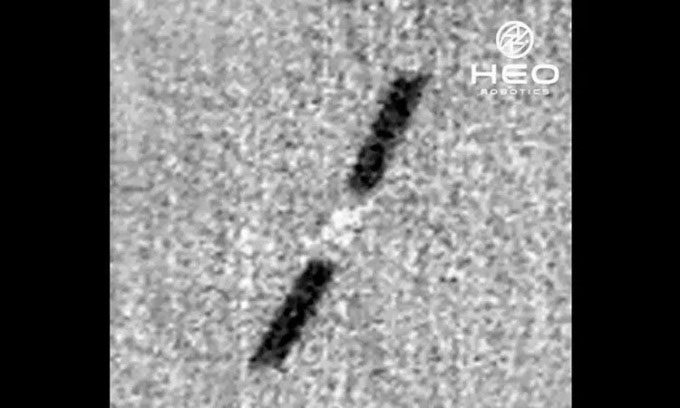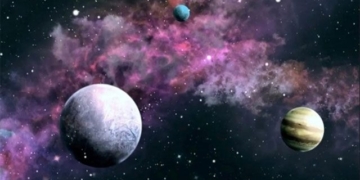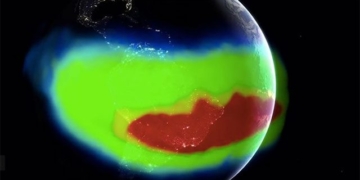The Starlink 30062 Internet satellite re-entered Earth’s atmosphere at 15:50 on April 3rd off the coast of California, USA, as recorded by meteorologist Dann Cianca in California.
Starlink 30062 is one of the newest V2 Mini satellites from SpaceX. SpaceX launched 21 of these satellites using a Falcon 9 rocket on February 27th. According to Jonathan McDowell, an astrophysicist at the Harvard-Smithsonian Center for Astrophysics and an observer of SpaceX’s internet satellites, at least 14 more satellites may face a fate similar to that of Starlink 30062. The satellite likely burned up during its re-entry into Earth.
There are currently 3,912 Starlink satellites in orbit, with 305 having re-entered and burned up, according to McDowell. These satellites descended to the atmosphere as it was time for them to “retire,” making way for the new V2 Mini satellites.

The Starlink V2 Mini satellite in orbit shortly after launch. (Photo: HEO Robotics)
Billionaire Elon Musk, CEO of SpaceX, previously revealed that the new satellite model is experiencing some issues that may force SpaceX to lower their orbits. “There are many new technologies in Starlink V2, so we are encountering some issues, as expected. Some satellites will be deorbited, while others will undergo thorough testing before being raised to the altitude of the International Space Station (ISS)”, Musk stated on social media platform Twitter on March 22nd.
SpaceX refers to the new batch of satellites as V2 Mini, as they are a scaled-down version of the next-generation Starlink satellites. The V2 Mini aims to help SpaceX increase productivity for its massive internet satellite network, filling the gap for the growing demands of Starlink until the company can launch full-sized versions of the new satellites.
However, to achieve this, SpaceX must successfully deploy the heavy-lift Starship launch vehicle. The current Falcon 9 rocket is not suitable for carrying the new generation of satellites, forcing SpaceX to produce a smaller version.




















































